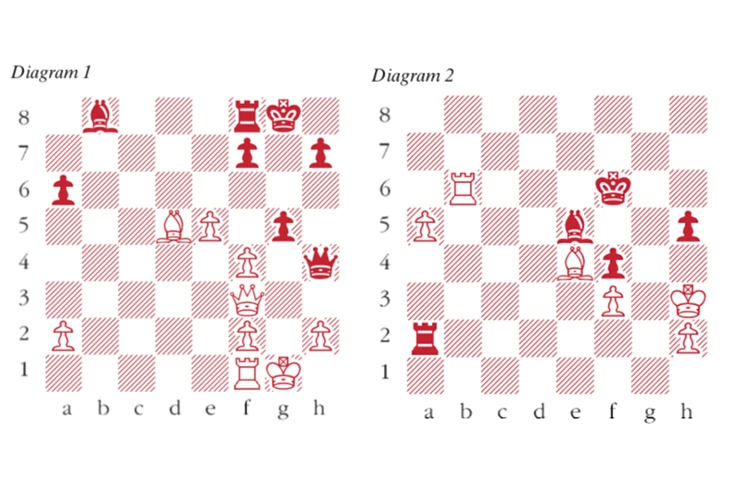The former world champion Vladimir Kramnik recently announced his retirement from competitive chess. He is one of the greats of the modern game, winning three World Championship contests — against Garry Kasparov, Peter Leko and Veselin Topalov — and retaining the title from 2000 to 2007. This tenure puts him on a par with other champions such as José Capablanca, Tigran Petrosian and Viswanathan Anand, who all reigned for around half a decade on the supreme chess throne.
Kramnik was crowned champion when he defeated Kasparov in their match in London in 2000. The key elements in Kramnik’s success were firstly his reinvention of the Berlin Wall defence in the Ruy Lopez (1 e4 e5 2 Nf3 Nc6 3 Bb5 Nf6), which has subsequently become one of the main highways of contemporary opening theory and has also found favour with the AlphaZero software program. Secondly, Kramnik’s exclusive use of queenside openings. Kasparov did not trust his favourite King’s Indian Defence against Kramnik and was thus forced into areas where he enjoyed less expertise, as in this week’s game.
Kramnik-Kasparov: World Championship, London (Game 2) 2000; Grünfeld Defence
1 d4 Nf6 2 c4 g6 3 Nc3 d5 4 cxd5 Nxd5 5 e4 Nxc3 6 bxc3 Bg7 Kasparov has chosen the Grünfeld Defence, an opening which has performed notably badly at World Championship level. 7 Nf3 c5 8 Be3 Qa5 9 Qd2 Bg4 10 Rb1 a6 The struggle is between Black’s flank pressure and White’s dominating pawn centre. Kasparov now offers a gambit which no White player has ever previously had the courage to accept. 11 Rxb7 Bxf3 12 gxf3 Nc6 13 Bc4 0-0 14 0-0 cxd4 15 cxd4 Bxd4 16 Bd5 Bc3 Whether to exchange queens or not here is a critical decision. After 16 … Qxd2 17 Bxd2 Ne5 18 Bb4 White has good play in the endgame thanks to his bishop pair. 17 Qc1 Nd4 18 Bxd4 Bxd4 19 Rxe7 Ra7 20 Rxa7 Bxa7 21 f4 Qd8 22 Qc3 Bb8 23 Qf3 Qh4 24 e5 g5 (see diagram 1) Kasparov believed that this liquidation should lead to an easy draw but he confessed to having overlooked White’s next move which retains his pawn advantage. 25 Re1 Qxf4 26 Qxf4 gxf4 27 e6 fxe6 28 Rxe6 Kg7 29 Rxa6 Rf5 This endgame is very un-pleasant for Black despite the presence of opposite-coloured bishops. 30 Be4 Re5 31 f3 Re7 32 a4 Ra7 33 Rb6 Be5 34 Rb4 Rd7 Kasparov had intended 34 … Bd6 35 Rc4 Rc7 attempting to force the exchange of rooks. However, he had missed 36 Bc6 which is very strong for White. 35 Kg2 Rd2+ 36 Kh3 h5 37 Rb5 Kf6 38 a5 Ra2 39 Rb6+ (see diagram 2) 39 … Ke7 A final blunder by the champion which allows White a sudden winning coup. However, Black’s position was already very difficult, e.g. 39 … Kg7 40 a6 Bd4 41 Rg6+, although Kasparov later claimed he could hold the game after 39 … Kg7. 40 Bd5 Black resigns





Comments